The Hartford 2014 Annual Report Download - page 115
Download and view the complete annual report
Please find page 115 of the 2014 The Hartford annual report below. You can navigate through the pages in the report by either clicking on the pages listed below, or by using the keyword search tool below to find specific information within the annual report.-
 1
1 -
 2
2 -
 3
3 -
 4
4 -
 5
5 -
 6
6 -
 7
7 -
 8
8 -
 9
9 -
 10
10 -
 11
11 -
 12
12 -
 13
13 -
 14
14 -
 15
15 -
 16
16 -
 17
17 -
 18
18 -
 19
19 -
 20
20 -
 21
21 -
 22
22 -
 23
23 -
 24
24 -
 25
25 -
 26
26 -
 27
27 -
 28
28 -
 29
29 -
 30
30 -
 31
31 -
 32
32 -
 33
33 -
 34
34 -
 35
35 -
 36
36 -
 37
37 -
 38
38 -
 39
39 -
 40
40 -
 41
41 -
 42
42 -
 43
43 -
 44
44 -
 45
45 -
 46
46 -
 47
47 -
 48
48 -
 49
49 -
 50
50 -
 51
51 -
 52
52 -
 53
53 -
 54
54 -
 55
55 -
 56
56 -
 57
57 -
 58
58 -
 59
59 -
 60
60 -
 61
61 -
 62
62 -
 63
63 -
 64
64 -
 65
65 -
 66
66 -
 67
67 -
 68
68 -
 69
69 -
 70
70 -
 71
71 -
 72
72 -
 73
73 -
 74
74 -
 75
75 -
 76
76 -
 77
77 -
 78
78 -
 79
79 -
 80
80 -
 81
81 -
 82
82 -
 83
83 -
 84
84 -
 85
85 -
 86
86 -
 87
87 -
 88
88 -
 89
89 -
 90
90 -
 91
91 -
 92
92 -
 93
93 -
 94
94 -
 95
95 -
 96
96 -
 97
97 -
 98
98 -
 99
99 -
 100
100 -
 101
101 -
 102
102 -
 103
103 -
 104
104 -
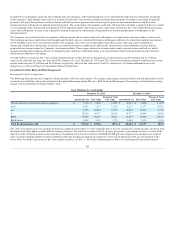 105
105 -
 106
106 -
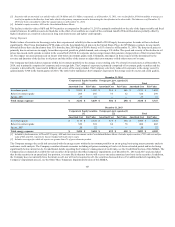 107
107 -
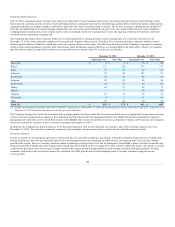 108
108 -
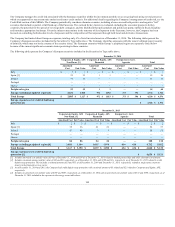 109
109 -
 110
110 -
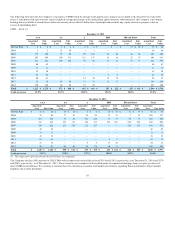 111
111 -
 112
112 -
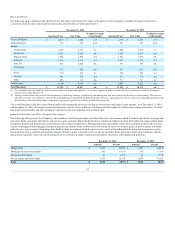 113
113 -
 114
114 -
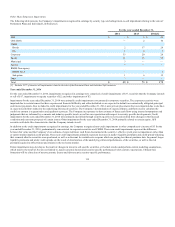 115
115 -
 116
116 -
 117
117 -
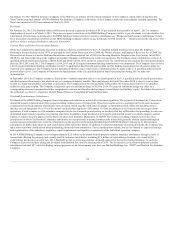 118
118 -
 119
119 -
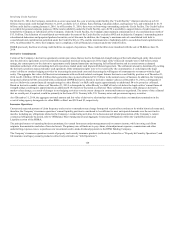 120
120 -
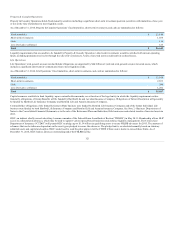 121
121 -
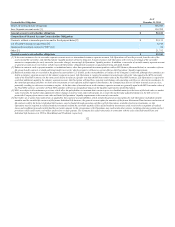 122
122 -
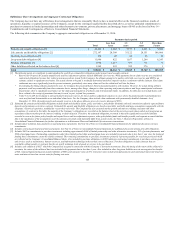 123
123 -
 124
124 -
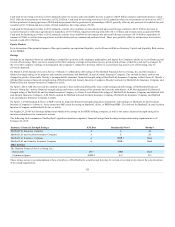 125
125 -
 126
126 -
 127
127 -
 128
128 -
 129
129 -
 130
130 -
 131
131 -
 132
132 -
 133
133 -
 134
134 -
 135
135 -
 136
136 -
 137
137 -
 138
138 -
 139
139 -
 140
140 -
 141
141 -
 142
142 -
 143
143 -
 144
144 -
 145
145 -
 146
146 -
 147
147 -
 148
148 -
 149
149 -
 150
150 -
 151
151 -
 152
152 -
 153
153 -
 154
154 -
 155
155 -
 156
156 -
 157
157 -
 158
158 -
 159
159 -
 160
160 -
 161
161 -
 162
162 -
 163
163 -
 164
164 -
 165
165 -
 166
166 -
 167
167 -
 168
168 -
 169
169 -
 170
170 -
 171
171 -
 172
172 -
 173
173 -
 174
174 -
 175
175 -
 176
176 -
 177
177 -
 178
178 -
 179
179 -
 180
180 -
 181
181 -
 182
182 -
 183
183 -
 184
184 -
 185
185 -
 186
186 -
 187
187 -
 188
188 -
 189
189 -
 190
190 -
 191
191 -
 192
192 -
 193
193 -
 194
194 -
 195
195 -
 196
196 -
 197
197 -
 198
198 -
 199
199 -
 200
200 -
 201
201 -
 202
202 -
 203
203 -
 204
204 -
 205
205 -
 206
206 -
 207
207 -
 208
208 -
 209
209 -
 210
210 -
 211
211 -
 212
212 -
 213
213 -
 214
214 -
 215
215 -
 216
216 -
 217
217 -
 218
218 -
 219
219 -
 220
220 -
 221
221 -
 222
222 -
 223
223 -
 224
224 -
 225
225 -
 226
226 -
 227
227 -
 228
228 -
 229
229 -
 230
230 -
 231
231 -
 232
232 -
 233
233 -
 234
234 -
 235
235 -
 236
236 -
 237
237 -
 238
238 -
 239
239 -
 240
240 -
 241
241 -
 242
242 -
 243
243 -
 244
244 -
 245
245 -
 246
246 -
 247
247 -
 248
248 -
 249
249 -
 250
250 -
 251
251 -
 252
252 -
 253
253 -
 254
254 -
 255
255 -
 256
256 -
 257
257 -
 258
258 -
 259
259 -
 260
260 -
 261
261 -
 262
262 -
 263
263 -
 264
264 -
 265
265 -
 266
266 -
 267
267 -
 268
268 -
 269
269 -
 270
270 -
 271
271 -
 272
272 -
 273
273 -
 274
274 -
 275
275 -
 276
276 -
 277
277 -
 278
278 -
 279
279 -
 280
280 -
 281
281 -
 282
282 -
 283
283 -
 284
284 -
 285
285 -
 286
286 -
 287
287 -
 288
288 -
 289
289 -
 290
290 -
 291
291 -
 292
292 -
 293
293 -
 294
294 -
 295
295 -
 296
296
 |
 |

Other-Than-Temporary Impairments
The following table presents the Company’s impairments recognized in earnings by security type excluding intent-to-sell impairment relating to the sales of
Retirement Plans and Individual Life businesses.
ABS $ — $ 9 $ 29
CRE CDOs — 2 10
CMBS
Bonds 2 17 24
IOs 1 4 3
Corporate 35 20 28
Equity 11 15 65
Municipal 3 — —
Agency 3 — —
RMBS Non-agency
RMBS Alt-A — — 1
Sub-prime 1 6 12
Other 3 — —
Total
[1] Excludes $177 of intent-to-sell impairments related to the sales of the Retirement Plans and Individual Life businesses.
Year ended December 31, 2014
For the year ended December 31, 2014, impairments recognized in earnings were comprised of credit impairments of $37, securities that the Company intends
to sell of $17, impairments on equity securities of $2, and other impairments of $3.
Impairments for the year ended December 31, 2014 were primarily credit impairments concentrated in corporate securities. The corporate securities were
impaired due to certain issuers that have experienced financial difficulty and either defaulted or are expected to default on contractually obligated principal
and interest payments. Also included in credit impairments for the year ended December 31, 2014, were private placements that were impaired due to declines
in expected cash flows related to the underlying referenced securities. The Company’s determination of expected future cash flows used to calculate the
credit loss amount is a quantitative and qualitative process. The Company incorporates its best estimate of future cash flows using internal assumptions and
judgments that are informed by economic and industry specific trends, as well as our expectation with respect to security specific developments. Credit
impairments for the year ended December 31, 2014 were primarily identified through security specific reviews and resulted from changes in the financial
condition and near term prospects of certain issuers. Other impairments for the year ended December 31, 2014 primarily related to certain equity, AFS
securities with debt-like characteristics that the Company intends to sell.
In addition to the credit impairments recognized in earnings, the Company recognized non-credit impairments in other comprehensive income of $5 for the
year ended December 31, 2014, predominantly concentrated in corporate securities and CMBS. These non-credit impairments represent the difference
between fair value and the Company’s best estimate of expected future cash flows discounted at the security’s effective yield prior to impairment, rather than
at current market implied credit spreads. These non-credit impairments primarily represent increases in market liquidity premiums and credit spread widening
that occurred after the securities were purchased, as well as a discount for variable-rate coupons which are paying less than at purchase date. In general, larger
liquidity premiums and wider credit spreads are the result of deterioration of the underlying collateral performance of the securities, as well as the risk
premium required to reflect future uncertainty in the real estate market.
Future impairments may develop as the result of changes in intent to sell specific securities or if actual results underperform current modeling assumptions,
which may be the result of, but are not limited to, macroeconomic factors and security-specific performance below current expectations. Ultimate loss
formation will be a function of macroeconomic factors and idiosyncratic security-specific performance.
115
